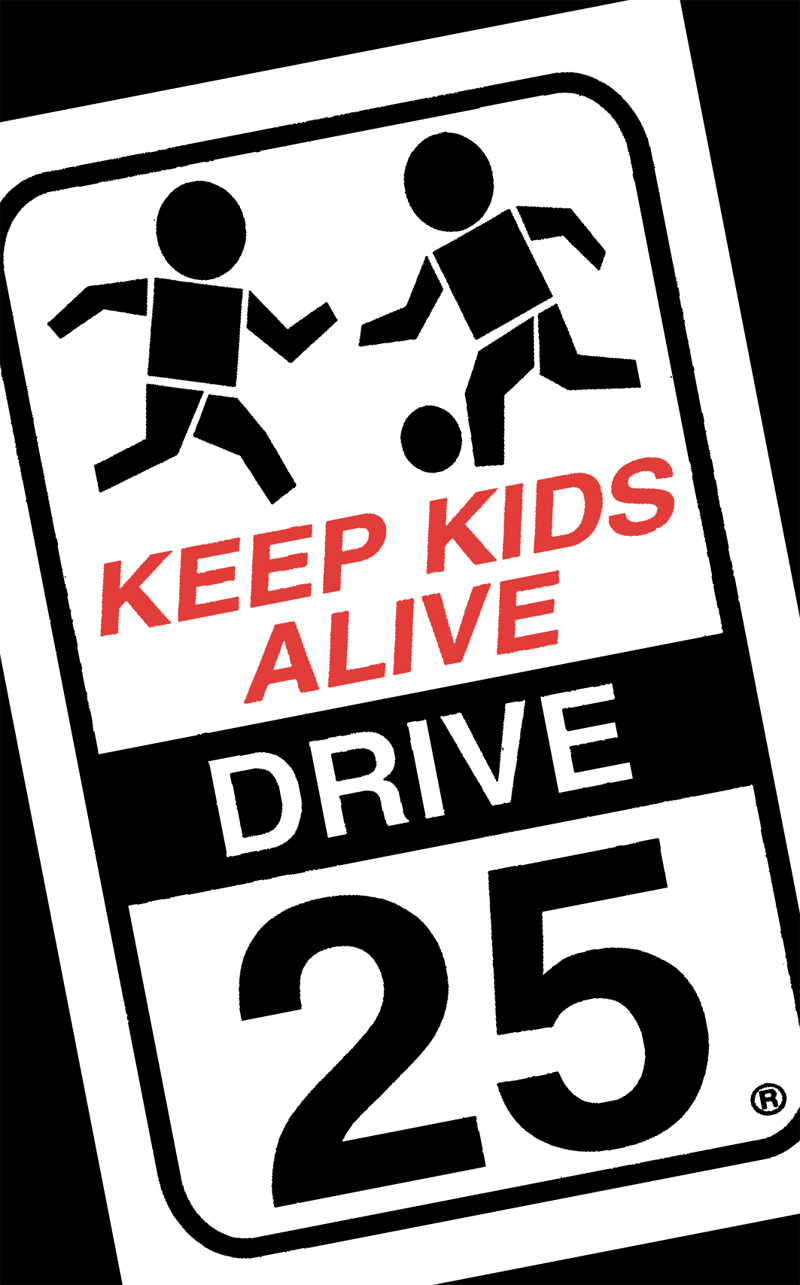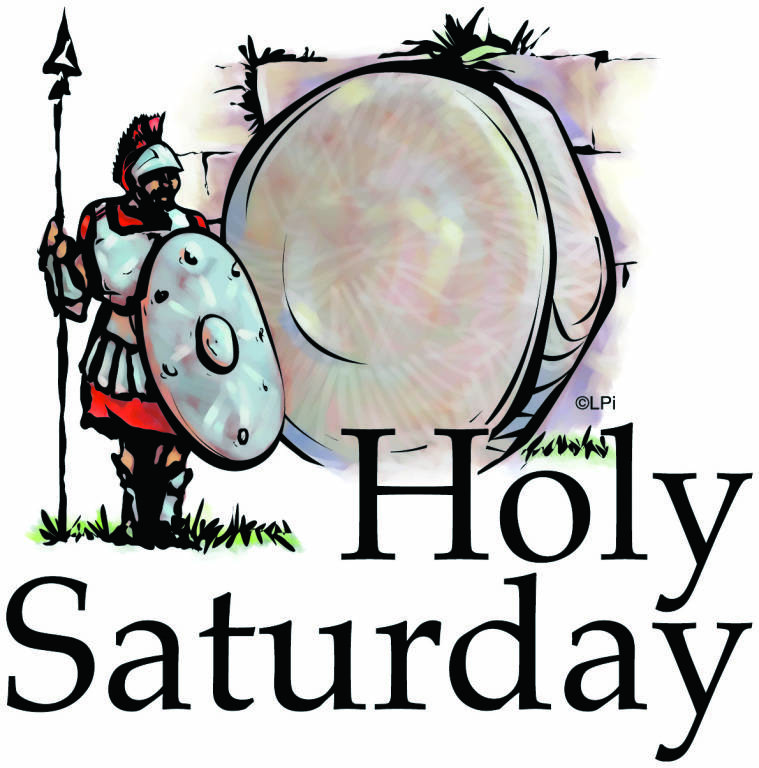Keep Kids Alive Day Drive 25 – An awareness to drive slow in residential areas where children are to help keep our children alive and safe.
Keep Kids Alive Day Drive 25

This initiative’s mission is to make streets safer for all who walk, cycle, play, drive, and ride. Doing so preserves lives and relationships. This awareness day is celebrated annually on May 1. It’s about Kids, Safety, Caring and Time. Part to of the awareness comes in various pursuits to help keep the streets safe by these initiatives.
Initiatives of Keep Kids Alive Drive 25
Did you know?
Below are some did you know statics.
- A person hit by a vehicle traveling 30 mph is three times more likely to die than one traveling 25 mph.
(Source -“General Estimates System” database of police-reported accidents-Federal Highway Administration – 1999) - The majority of speeders on your street live right in the neighborhood.
(Source – Police Departments from communities of all sizes throughout the U.S.)
- According to deaths per 100 million miles driven, residential streets are the second deadliest in America with a death rate of 2.1 per 100 million miles. This is over twice the rate of death per highway miles driven, which is .9.
(Source-Federal Highway Administration, 2001) - The risk of crashing increases 3X due to speeding.
(Source – AAA Foundation for Traffic Safety –2006) - 4,200 lives could be saved each year if 90% of the U.S. population wore seat belts.
(Source – NHTSA) - Each year, stop sign violations are associated with approximately 200 fatal crashes and 17,000 non-fatal injury crashes.
(Source – National Safekids Coalition) - In urban areas, almost 50% of crashes occur at intersections. Of these, 52% occur at traffic signals and 21% at stop signs.
(Source – Insurance Institute for Highway Safety, 2004) - If you shift into 2nd gear (either automatic or manual transmission), it is very difficult to exceed the residential speed limit. So, Keep It In 2nd.
Neighborhood Traffic Safety – It’s No Accident!
By Tom Everson
We hear the word “Accident” often. Anytime a crash occurs or child is hit by a car we hear it referred to as an accident.
Yet how many tragedies are accidents? If a driver is exceeding the speed limit on a neighborhood street, or any roadway for that matter, and hits a child crossing the street, running after a ball, or riding a bike, is that an accident?
Consider these facts from the National Highway Traffic Safety Administration:
- Most speeders on local roadways live right in the neighborhood.
- If you hit a pedestrian:
- At 20 mph 5% will die
- At 30 mph 45% will die
- At 40 mph 85% will die
- Pedestrian fatalities increase by 3 times when moving from 25 mph zones to 30 mph zones.
- Local roadways, including residential streets, have a fatality rate per miles driven over 2 times higher than on highways.
Clearly, driver behavior is crucial to creating a safe environment for everyone using a roadway. Controlling speed is no accident. It is a responsibility that helps to insure safety for others and for ourselves. No one wants to be behind the wheel and hit a child, or pedestrian of any age for that matter. Safe driving behavior is no accident. It is a decision we make each time we get behind the wheel.
The national non-profit Keep Kids Alive Drive 25® is committed to working with communities to involve and educate residents about how to make neighborhood streets safer. This includes children playing, bike riders, pedestrians of all ages, drivers, and passengers. It takes the commitment of parents, law enforcement, city services, schools, businesses, and city government working together to create safe streets for the benefit of all. Creating safe neighborhood streets is no accident.
Keep Kids Alive Drive 25 began in August 1998 in Omaha, Nebraska. Since that time the campaign has grown to encompass initiatives in over 1,300 communities representing 49 states plus Washington DC, 2 Canadian Provinces, and the Bahamas.
Along the way many families have become involved in the effort in memory of their own children, hit and killed on neighborhood streets, often by a speeding or inattentive driver. Some of these have worked on legislation to help create safer neighborhood roadways. These include Barbara Foster of Mesquite, Texas, whose son, Kyle, was hit and killed while crossing the street on Halloween of 2003. House Bill 87, signed into law in 2005, made it easy for Texas municipalities to lower residential speeds from 30 mph to 25 mph by taking away the need to do extensive, and expensive, engineering studies to justify lower speed limits to protect pedestrians, cyclists, drivers, and their passengers.
Sean Martin initiated a local ordinance in Miami Lakes, Florida to reduce the speed limit entering into school zones. This is the “Shaye Martin Keep Kids Alive” law created in memory of his 8 year-old son who was hit and killed by a speeding motorist (60+ mph) in a school zone while he was walking on a sidewalk.
However, the intent of Keep Kids Alive Drive 25 is to be proactive in our efforts. It should not take the death of a child to wake us up to the opportunity to make a difference today.
Cities have joined the cause by establishing Traffic Safety Committees that bring together residents, law enforcement, public works and city officials, schools, businesses, and civic groups to develop plans to implement Keep Kids Alive Drive 25 community-wide. Educational actions include expecting parents to monitor their children and establish safe places to play. The street is not a playground. It means teaching children how to cross the street correctly and safely. It means buckling up for each and every trip no matter the distance. It means observing the speed limit and slowing down when we see children ahead, or when visibility is poor. It means paying attention to potential hazards such as a parked car a child could be hiding behind. These are all quality of life concerns that we ourselves have the power to address. Neighborhood traffic safety is no accident.
When communities mobilize they see results. The City of Oceanside, California saw a 16% decrease in average neighborhood speed upon implementing Keep Kids Alive Drive 25. The City of Oro Valley, Arizona realized a 13.5% decrease when they placed Keep Kids Alive Drive 25® decals on every residential trash can for curbside pick-up. On average drivers were moving at average speeds of below 25 mph. That’s no accident.
Learn more about how your neighborhood, community, school, business, or civic organization can make a difference in creating safe streets for all. Visit www.KeepKidsAliveDrive25.org, e-mail kkad25@kkad25.org, or call 402-334-1391.
Tom Everson is Founder and Executive Director of Keep Kids Alive Drive 25®
Information taken from keepkidsalivedrive25.org where you can find out more info. All information and graphics belong to them. Plus a submitted press release Tom Everson, Founder and Executive Director of Keep Kids Alive Drive 25®
First published May 1, 2018. Last updated or republished April 30, 2020.
About the Author
Discover more from Courageous Christian Father
Subscribe to get the latest posts sent to your email.


